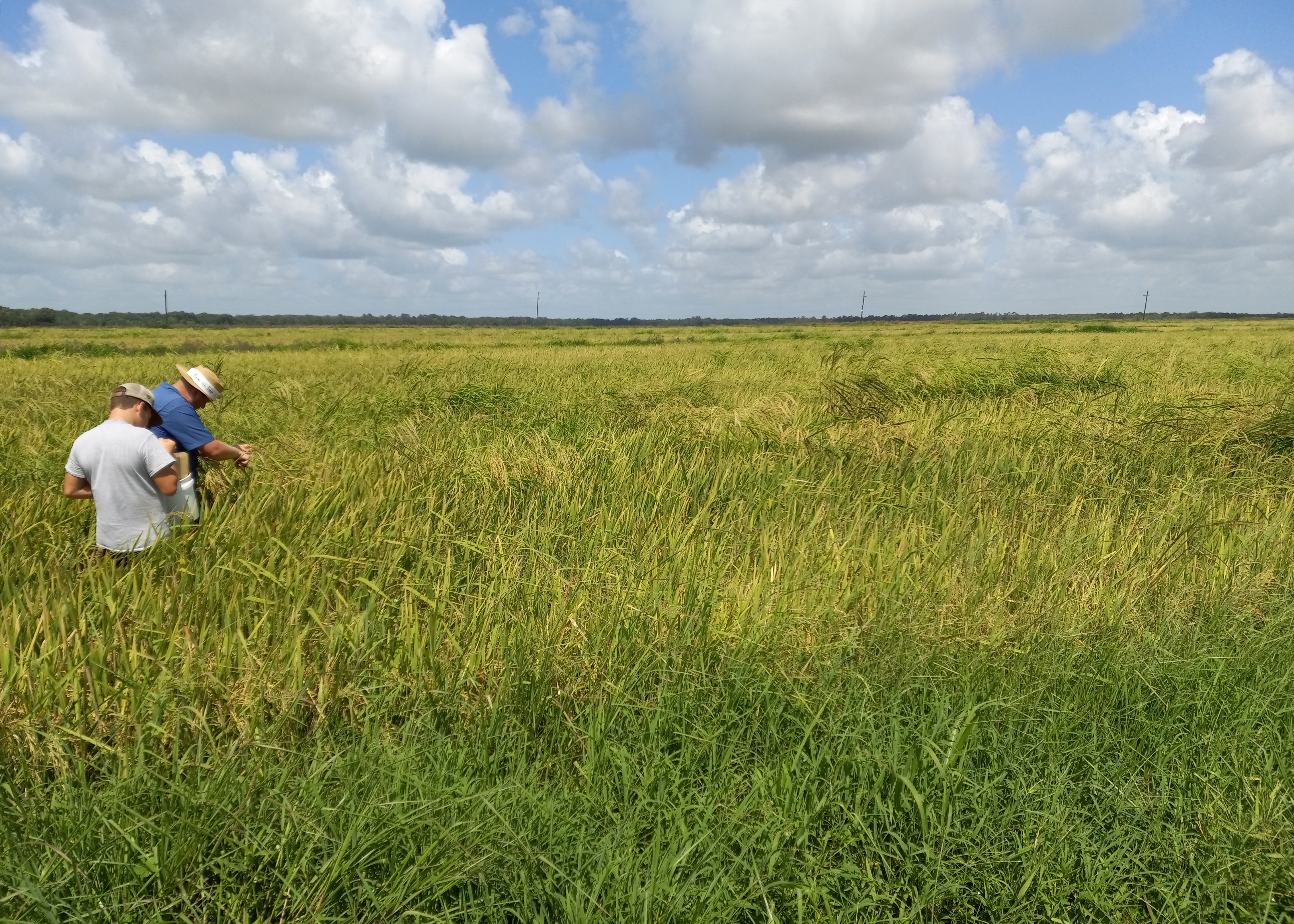An enzyme called cyclic GMP-AMP synthase (cGAS) acts as a preemptive trigger for the immune system response. When foreign DNA, like that of herpes simplex and chickenpox, interacts with cells, the enzyme cGAS produces a molecule called 2’3′-cGAMP. This molecule then binds to another protein called STING, which ultimately enacts the body’s innate immune response.
However, researchers including Pengda Liu, PhD, and Yu Deng, PhD, at the UNC School of Medicine, have long wondered if 2’3′-cGAMP might be interacting with proteins other than STING, and if 2’3′-cGAMP might be playing a role in other cellular activities. A new study by the Liu lab has found that this is indeed the case.
The Liu lab has found that 2’3’-cGAMP interacts with a small protein called Rab18, which controls specialized fat storage compartments, known as lipid droplets, within cells and aids in cell movement throughout the body.
Their findings, which were published in Science Advances, also offer new insights into 2’3’-cGAMP’s role in cell migration and how the newly identified 2’3′-cGAMP/Rab18/FosB signaling pathway could be important in tumor metastasis.
“Our study uncovers a new and unexpected function of 2’3′-cGAMP,” said Liu, who is an associate professor in the UNC Department of Biochemistry and Biophysics and a member of UNC Lineberger Comprehensive Cancer Center. “2’3’-cGAMP has been tested to enhance cancer immunotherapy through activating tumor innate immunity. However, our data suggest that 2’3’-cGAMP could also activate Rab18/FosB signaling pathway – but not the well-studied 2’3’-cGAMP/STING signaling pathway – to facilitate cell migration and potentially tumor metastasis. This adds a needed consideration for therapies involving 2’3′-cGAMP.”
The Liu lab identified the new 2’3′-cGAMP-binding protein, Rab18, using protein analysis of cells and structural simulations. They then confirmed that 2’3′-cGAMP directly binds to Rab18 and Rab18 to perform its tasks. Researchers also found that Rab18 assists with cellular migration throughout the body. Unregulated cell migration through 2’3′-cGAMP can also help cancer cells spread from a tumor to other parts of the body, called metastasis.
When researchers homed in on 2’3′-cGAMP-induced Rab18 activation, they found that it also triggered FosB, another protein that regulates cell migration. This new information allowed researchers to draw dotted lines between 2’3′-cGAMP, Rab18, and FosB, to form a signaling pathway important in cell migration and tumor metastasis.
The researchers also discovered that low-doses of chemotherapy agents, such as doxorubicin, can activate the cGAS to 2’3′-cGAMP innate immune response, which then drives cell migration through FosB. However, the Liu lab studied this further, showing that this pro-metastatic effect from 2’3’-cGAMP could be mitigated by lovastatin or other statins, a cholesterol-lowering drug. As part of its mechanisms of action, the drug prevents 2’3′-cGAMP from binding to Rab18.
Next, the Liu lab is looking into obtaining the real structure of the 2’3′-cGAMP/Rab18 complex, as opposed to using structural simulations, for further study. More precisely, the research team wants to know if 2’3′-cGAMP recognizes different protein partners through different mechanisms. The researchers will also keep looking for additional proteins that might be binding to 2’3′-cGAMP, so that they can learn more about the various roles 2’3′-cGAMP plays in disease.


